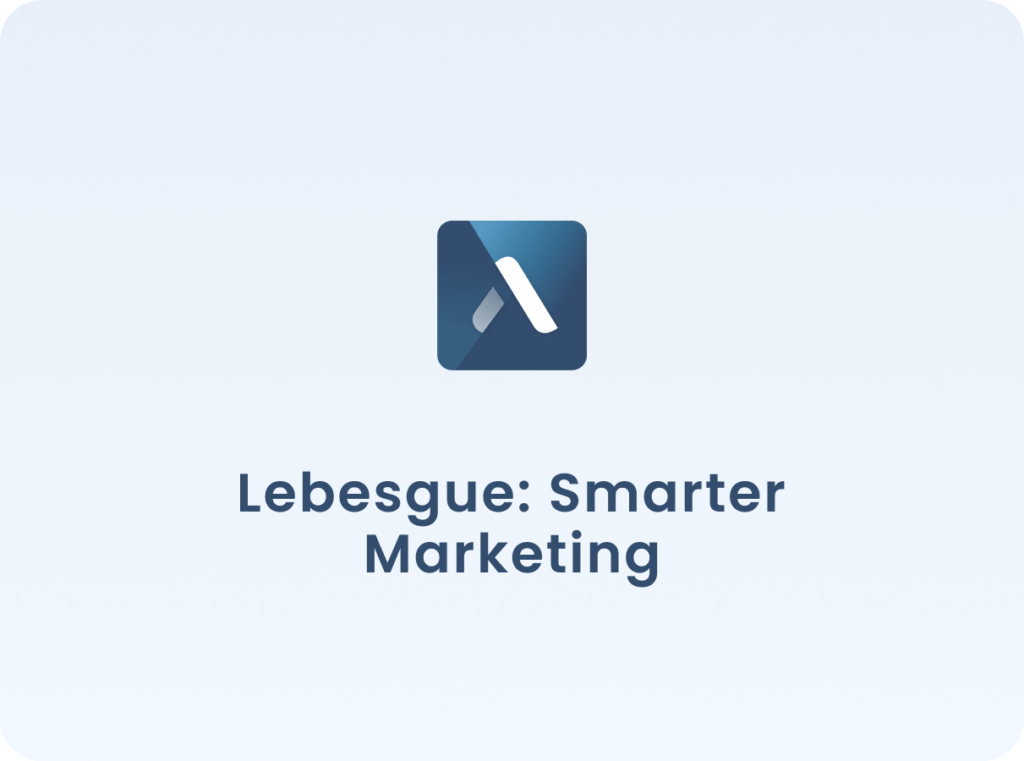CPM (cost per thousand impressions) is a metric that measures the cost of an advertising campaign for every thousand ad impressions. A CPM varies depending on the industry, ad format, and targeting.
A general rule of thumb is that a lower CPM is considered better than a higher CPM. A CPM of $5 or less is considered to be a good CPM. However, it’s important to note that a low CPM doesn’t necessarily mean that a campaign is performing well, it’s important to take into account other metrics such as click-through rate (CTR) and conversion rate to get a full picture of the performance of an ad campaign.
For example, if you are in a very competitive industry with high ad costs, a CPM of $10 or $15 may be considered good. On the other hand, if you are in a less competitive industry, a CPM of $5 or less may be more appropriate.
Ultimately, a good CPM is one that is in line with your campaign goals and budget. It’s important to note that CPM can fluctuate depending on many factors, such as targeting, ad format, and placement. It’s essential to monitor your campaign’s performance and optimize it accordingly to achieve better results.
